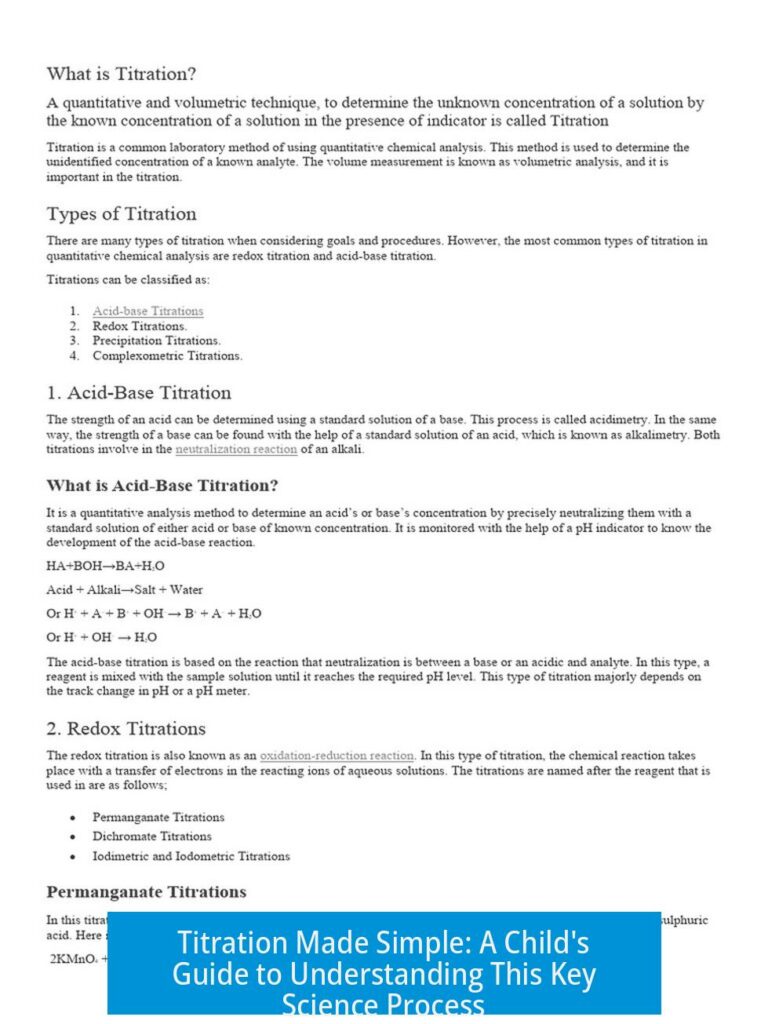What’s the Deal with Boron?

Boron is a versatile element with unique chemical properties that make it essential in various industries and scientific fields. It plays critical roles in material manufacturing, electronics, chemistry, and agriculture, despite being less well-known than elements like carbon or oxygen.
Boron in Materials and Industry
Boron is integral to many industrial materials. For example, borosilicate glass contains about 12% boron and is widely used in laboratories due to its acid resistance and thermal stability. This type of glass can withstand chemical and heat stress better than regular glass, making it a staple in scientific glassware.
- Ceramics and Glazes: Boron compounds, especially inorganic borates, act as fluxes in ceramic glazes. They help create smooth, glossy finishes on pottery and tiles by lowering the melting point of other ingredients during firing.
- Lubricants and Brake Fluids: Boron-containing compounds reduce friction and inhibit corrosion in lubricants. The brake fluid industry benefits from glycol ether orthoborate esters, which offer high boiling points and efficiently remove dissolved water, improving vehicle safety.
- Alloy Manufacturing Challenges: In brass production, unwanted boron can form boron carbide, a hard compound that dulls surfaces. Removing boron requires remelting and blending with fresh alloy, adding complexity to metalwork.
- Semiconductor Applications: Boron is the primary p-type dopant for silicon semiconductors. Doping silicon with boron creates positive charge carriers critical for integrated circuits and solar cells. Without boron, modern electronics and computers could not function efficiently.
- Fuel and Pyrotechnics: Amorphous boron serves as a high-temperature fuel in fireworks and other pyrotechnic devices, though its potential as a rocket fuel is hindered by practical issues despite theoretical advantages.
- Neutron Shielding: Boron’s neutron-absorbing ability makes it valuable in radiation protection, including nuclear reactor safety and the containment of radioactive materials.
Boron Chemistry and Bonding Peculiarities
Boron’s electron configuration is unusual. It has access to an octet of orbitals but does not strictly follow the octet rule. This causes it to exhibit chemical behavior similar to elements as different as halides, carbon, and aluminum, or something completely unique.
This unusual bonding complicates boron chemistry, making it challenging to understand and teach. For instance, mixtures of BH3 and H2 gases exist in dynamic equilibrium, with complex orbital interactions. Nobel prizes awarded in the late 1970s recognized breakthroughs in understanding boron’s unique chemistry.
- Lewis Acidity: Boron compounds (e.g., BF3) are strong Lewis acids. They attract electron pairs, a property exploited in catalysis and frustrated Lewis pair (FLP) chemistry. FLPs combine a Lewis acid and base but do not form a stable adduct, enabling unique chemical reactions.
- Cluster Chemistry: Boron’s tendency to form unusual clusters like the octahedral (B6H6)2− challenges standard bonding theories. Understanding these structures often requires molecular orbital theory beyond simple valence bond concepts.
- Organic Chemistry Roles: Boronic acids and esters are vital in organic synthesis. Their ability to form cyclic complexes with diols and participate in substitution reactions facilitates the creation of diverse organic molecules. Hydroboration-oxidation is a key reaction involving boron compounds.
- Unique Bonding in Boranes: Diborane (B2H6) features bridging hydrogen atoms involved in three-center two-electron bonds known as “half-bonds.” This bonding is rare and sometimes described as puzzling or arcane by chemists.
- Electron Deficiency: As a group 3 element, boron is electron deficient and moderately electronegative. It doesn’t fully donate electrons, resulting in compounds that behave differently from typical salts.
- Special Compounds: Boron forms unique substances like NO2BF4, a nitrating agent, and highly acidic perfluorocarbaboranes that are stronger acids than fluoroantimonic acid but less corrosive.
Boron in Biology and Everyday Life
Boron is vital for plant health. It contributes to the structural integrity of plant cell walls. Both deficiency and excess of boron in soil negatively affect plant growth, making its agricultural management important.
In households, borax (sodium borate) is known for its role in creating slime when mixed with polyvinyl alcohol (PVA) glue. Boric acid is used in contact lens solutions and as a mild antiseptic. It also functions industrially as a cleaner and in laboratories for nitrogen determination through the Kjeldahl method.
Additionally, boric acid is employed to control reactivity in nuclear reactors by acting as a neutron absorber, highlighting boron’s broad practical applications.
Boron’s Cosmic Rarity and Origin
Boron is rare in the universe due to its formation mechanisms. Stellar nucleosynthesis does not favor boron production. Its nuclei are somewhat unstable, often decaying into lighter or heavier elements. This rarity contrasts sharply with more common light elements like carbon or oxygen.
How Boron Compares to Other Elements
Boron does not have the perceived universality of carbon or nitrogen for life. However, it has far more uses than many elements considered less important, such as thallium. Some chemists argue that elements like beryllium, crucial in aerospace for their strength and lightness, receive less attention than boron despite their significance.
Boron is sometimes called the “boring sibling” or “carbon’s boring cousin,” reflecting its understated public profile despite its chemical complexity. Researchers in boron chemistry are known for handling challenging and sometimes “insane” chemistry with dedication.
Most undergraduate courses cover boron only briefly, despite its essential roles. General awareness among the public remains low, partly because boron’s applications are often hidden behind materials or processes rather than flashy examples.
Specific Boron Compounds and Their Applications
| Compound | Structure/Characteristics | Applications |
|---|---|---|
| Boron Nitride (BN) | Sheets similar to graphene; hexagonal and cubic forms | Hexagonal BN – lubricant; Cubic BN – cutting tools similar to diamond |
| Boranes (e.g., BH3, B2H6) | Electron-deficient hydrides with unusual bonding | Important in inorganic chemistry, unique bonding models |
| Boronic Acids and Esters | Compounds featuring -B(OH)2 groups | Organic synthesis, cross-coupling reactions, hydroboration |
| Carboranes | Clusters of boron and carbon atoms with special bonding | Molecular materials, catalysts, medical uses |
Key Takeaways
- Boron is crucial in materials such as borosilicate glass, ceramics, and semiconductors.
- Its complex electron-deficient chemistry defies simple bonding rules and requires advanced theories.
- Boron compounds have diverse roles in organic synthesis, neutron shielding, and pyrotechnics.
- Despite being rare cosmically, boron plays important roles in agriculture and industry.
- Boron chemistry is challenging but capable of remarkable chemical innovations.
- Public awareness remains low compared to boron’s ubiquitous presence in technology and materials.
What makes borosilicate glass special in labs?
Borosilicate glass contains about 12% boron. This makes it resistant to acids and heat. It’s the go-to glassware for chemistry labs because it handles tough conditions without breaking.
Why is boron tricky in alloy manufacturing, especially brass?
Boron reacts with carbon to form hard boron carbide in brass. This creates dull spots that don’t polish well. The only fix is remelting and diluting the alloy.
How does boron help in semiconductor devices?
Boron is the main p-type dopant in silicon chips. It changes electrical properties, enabling transistors and solar cells to work efficiently.
Why is boron considered chemically unusual compared to other elements?
Boron doesn’t strictly follow the octet rule. It forms unusual bonds and clusters, complicating its chemistry and making its reactions harder to predict than for other elements.
What roles does boron play in agriculture and plants?
Boron is essential for plant structure and health. Both deficiency and excess can harm plants. It’s vital for cell walls and growth processes.
How is boron used in neutron shielding and nuclear reactors?
Boron absorbs neutrons, making it ideal for radiation shielding. It’s also added to nuclear reactor coolant to help control reactivity safely.




![Clarifying the [C] Portion of ICE Tables: A Guide for Different Reaction Types and Equilibrium Expressions](https://chemcafe.net/wp-content/uploads/2025/07/Started_do-768x511.jpg)
Leave a Comment